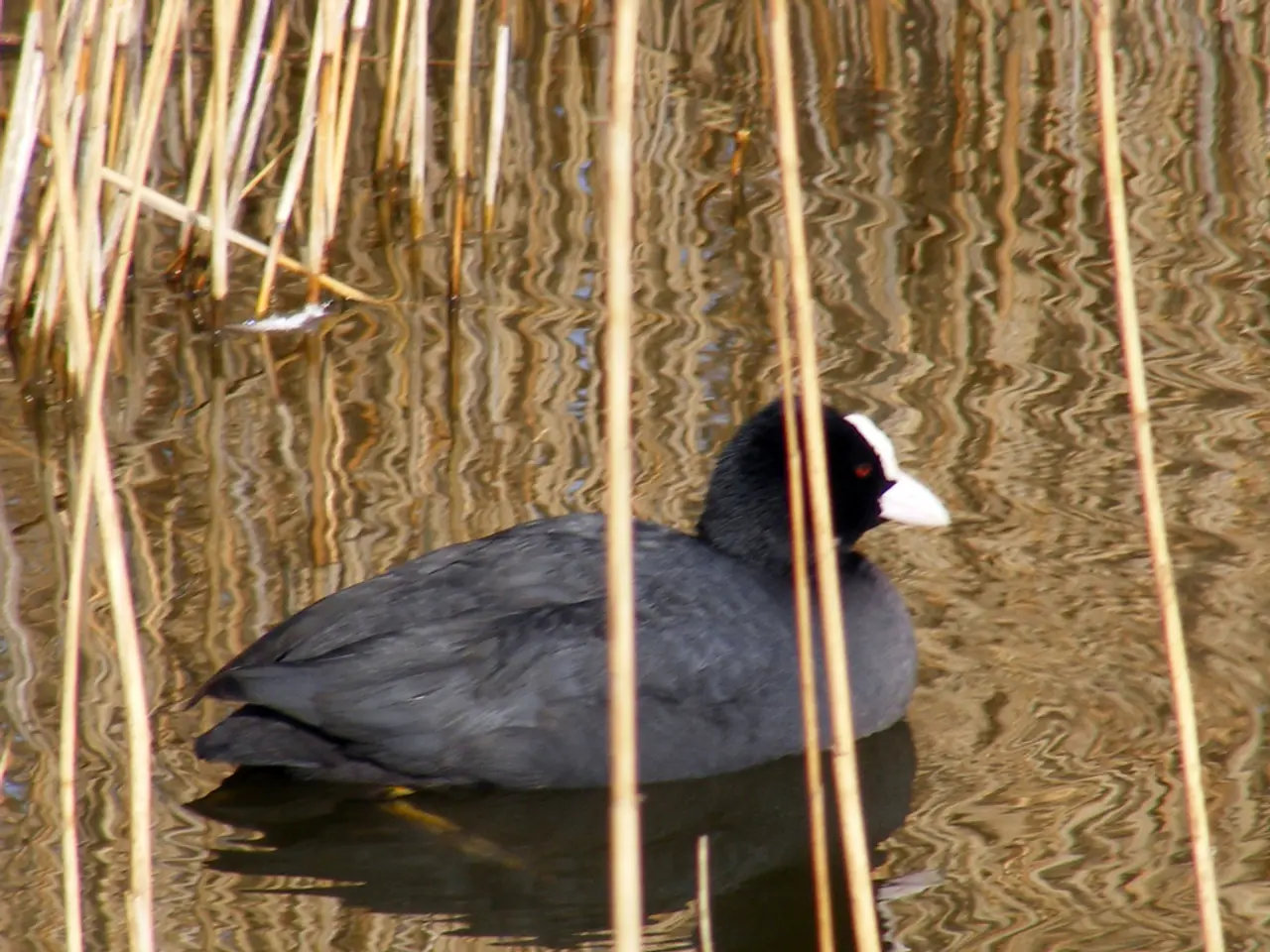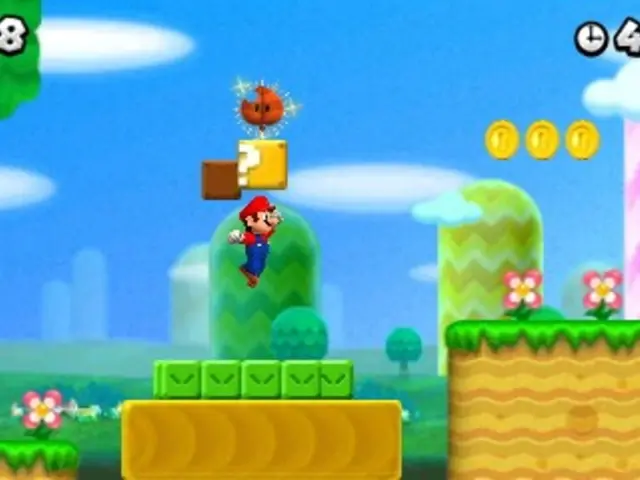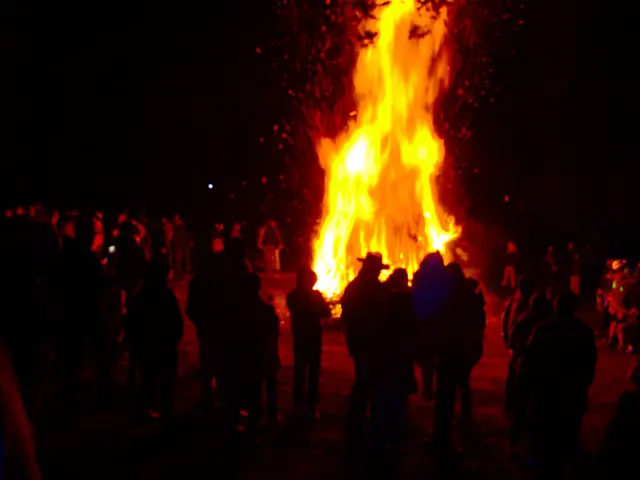Struggling with unwanted weeds? Discover 8 common varieties and methods for their elimination.
In the quest to maintain a thriving garden, controlling common weeds is a crucial aspect. Weeds like Purslane, Crabgrass, Canada Thistle, Bindweed, Prostrate Spurge, Yellow Salsify, Lawn Burweed, and Pokeweed can pose significant challenges. However, with a combination of preventive measures and active strategies, these pests can be effectively managed.
**Mulching and Weed Barriers**
Mulch and weed barriers are two effective methods for weed control. Mulch, such as wood chips or straw, helps suppress weeds by blocking sunlight and preventing seed germination. It also retains soil moisture and contributes to soil health. A layer of at least 2-3 inches of organic mulch is recommended for effective weed suppression.
Weed barriers, like brown cardboard or plastic, prevent weeds from growing by blocking light. They are particularly useful for persistent weeds like Purslane. To apply, lay down a layer of cardboard or a weed barrier fabric on the soil surface, ensuring plants receive adequate water.
**Physical Removal and Herbicides**
Physical removal of weeds can be effective, especially for those with deep roots like Bindweed. Regular mowing can help control the spread of Crabgrass. Pre-emergent herbicides prevent weeds from germinating, making them useful for Crabgrass and other annual weeds. Post-emergent herbicides, both selective and non-selective, are available for targeted weed control.
**No-Till Gardening and Flaming**
No-till gardening, which avoids turning over the soil, can help prevent the exposure of weed seeds. Flaming is another method that involves using a flame to kill weeds by damaging plant tissues. It's effective for small areas or individual weeds like Purslane.
**Weeds and Specific Control Methods**
Each weed requires a specific approach for effective control. For example, Purslane can be managed with mulch, weed barriers, or flaming. Crabgrass can be deterred by maintaining a healthy lawn with regular mowing and reseeding bare spots. Canada Thistle requires persistent removal of roots and the use of selective herbicides. Bindweed is notoriously difficult to control, with the use of non-selective chemical herbicides to kill root systems being the only way to eradicate it.
By combining these strategies, gardeners can effectively manage common weeds in their gardens. Regular maintenance and a keen eye for emerging weeds are key to maintaining a healthy, weed-free garden.
- Incorporating mulch and weed barriers, like wood chips, straw, brown cardboard, or plastic, can aid in controlling weeds by blocking sunlight, preventing seed germination, retaining soil moisture, and contributing to soil health, making them effective against persistent weeds such as Purslane.
- For specific weed control, Purslane can also be managed through physical removal methods or flaming, while managing Crabgrass requires maintaining a healthy lawn with regular mowing and reseeding bare spots, and Canada Thistle requires persistent removal of roots and the use of selective herbicides, while Bindweed is notoriously difficult to control and requires the use of non-selective chemical herbicides to kill its root system.








